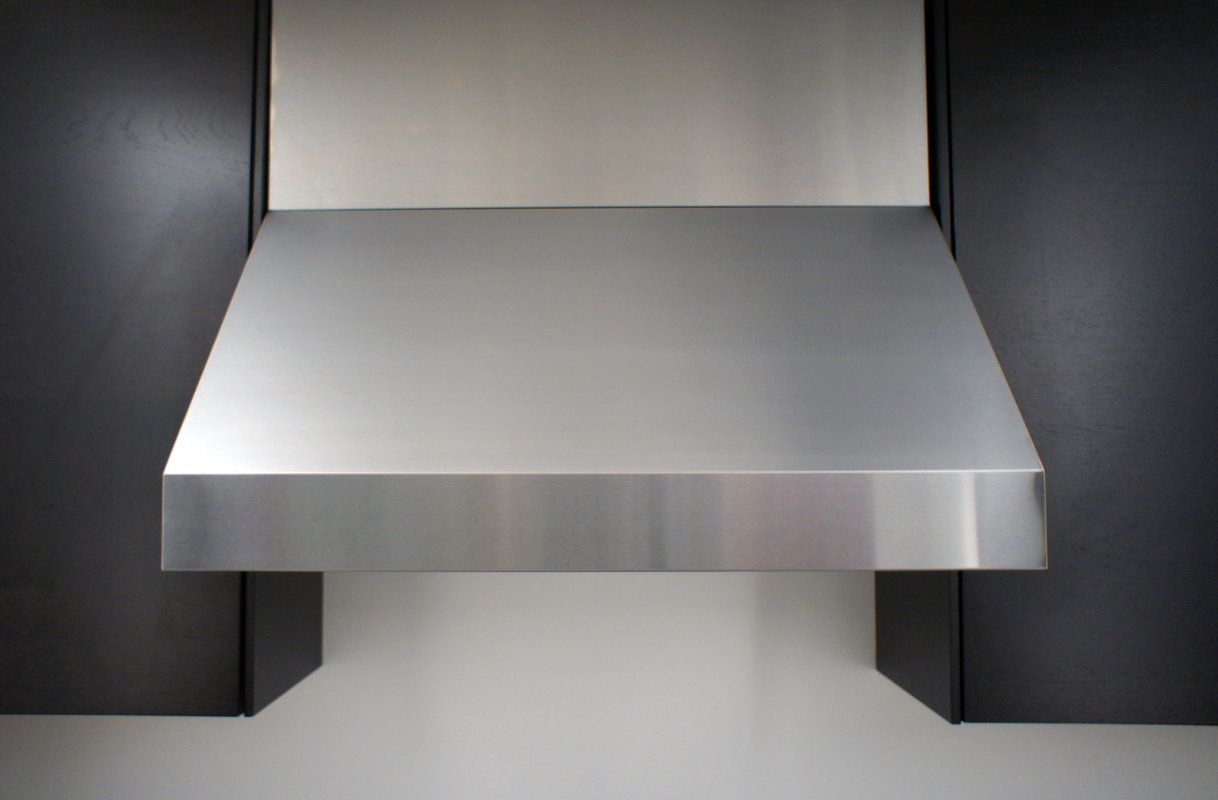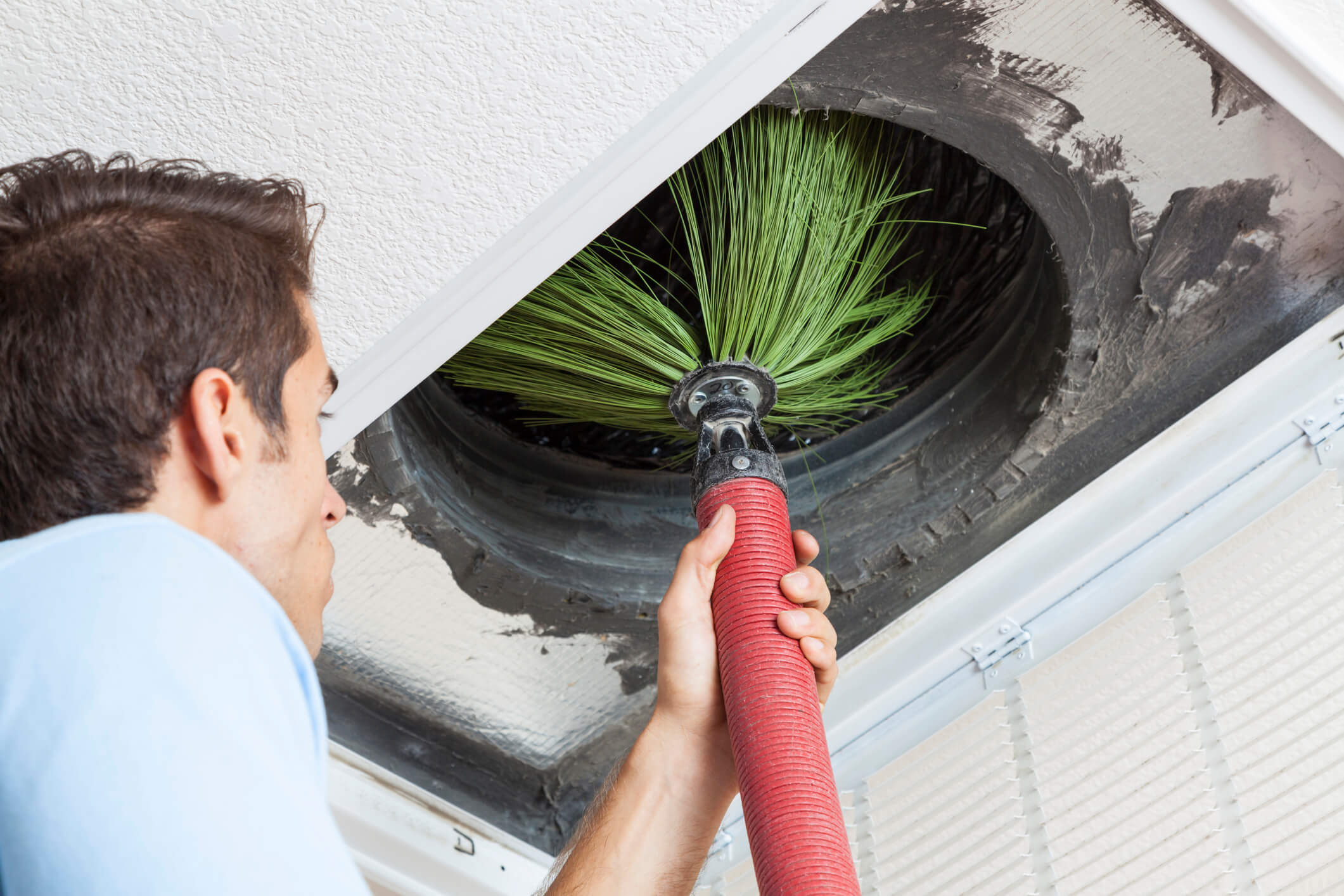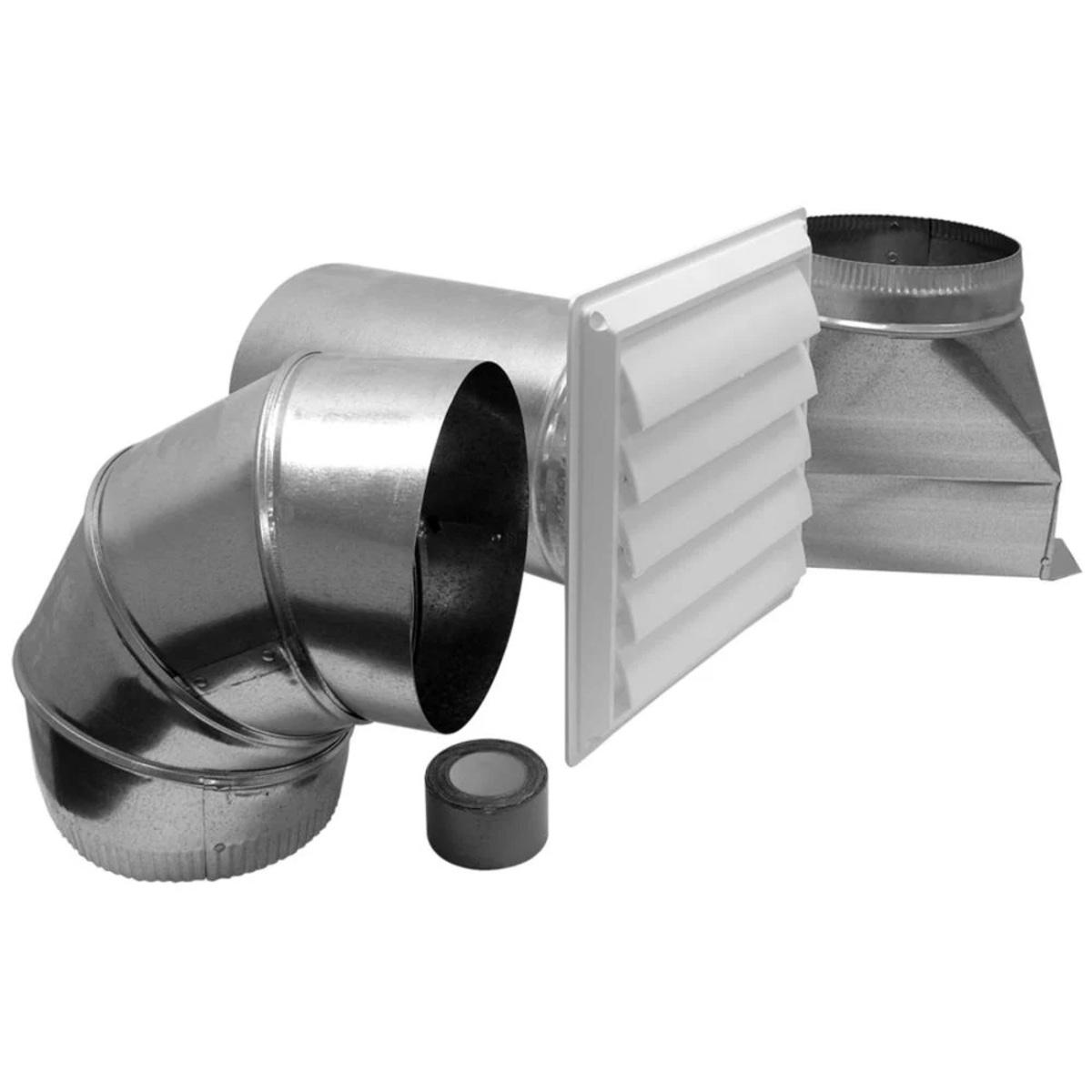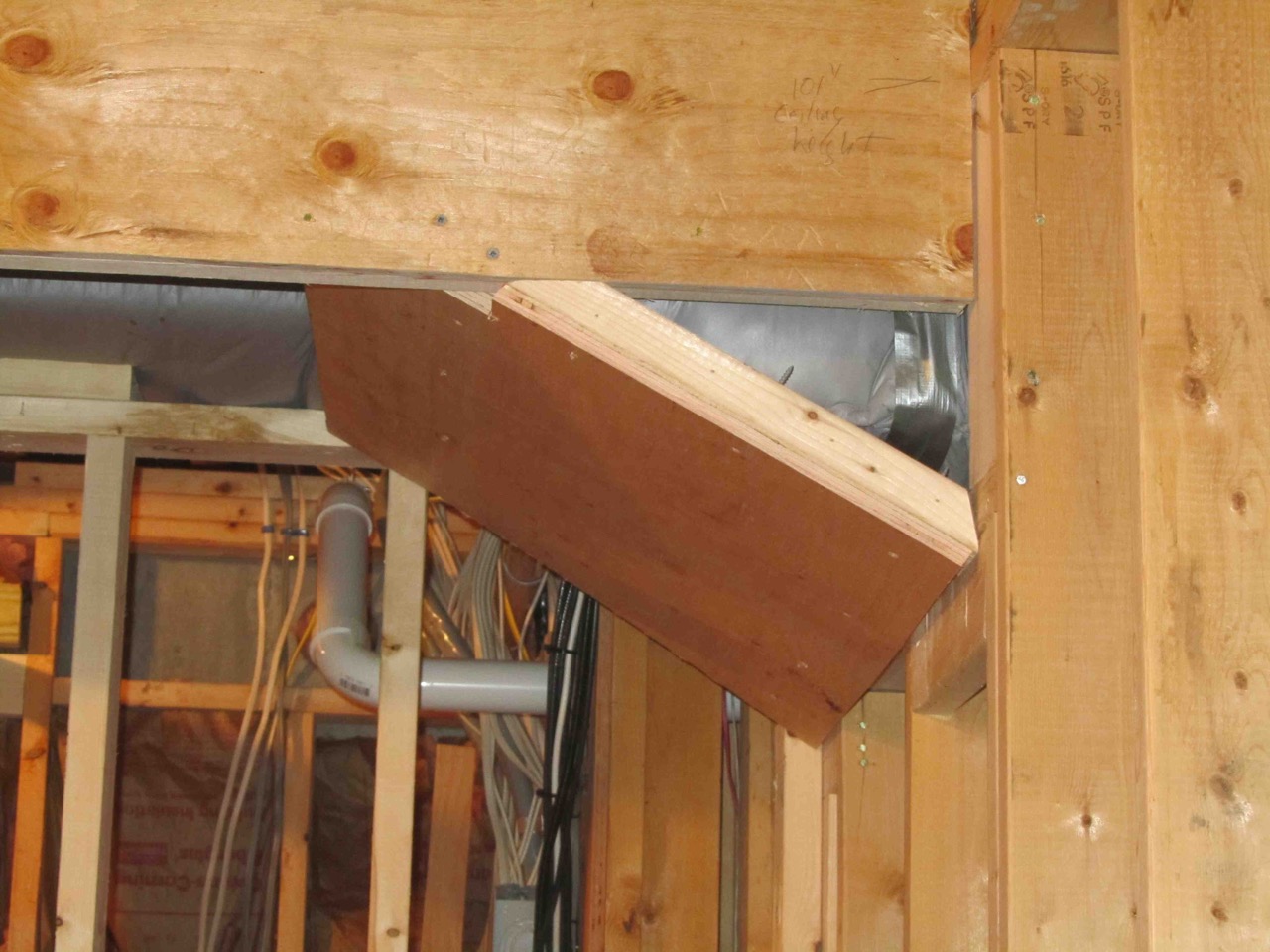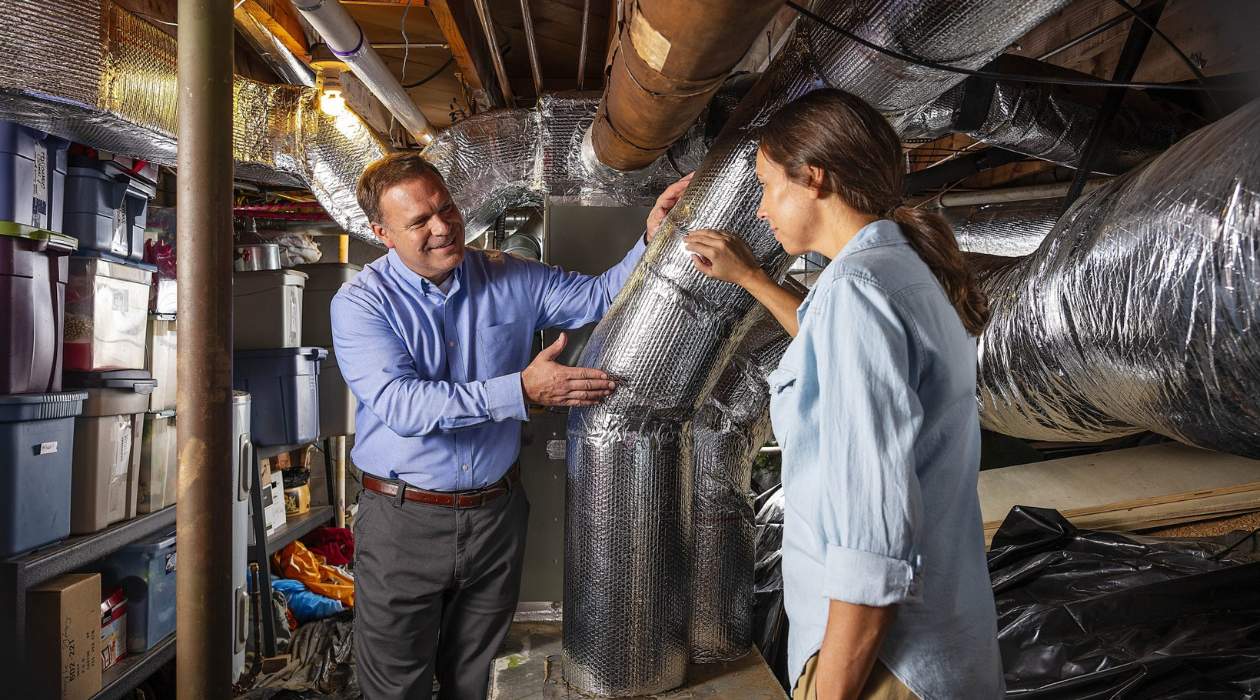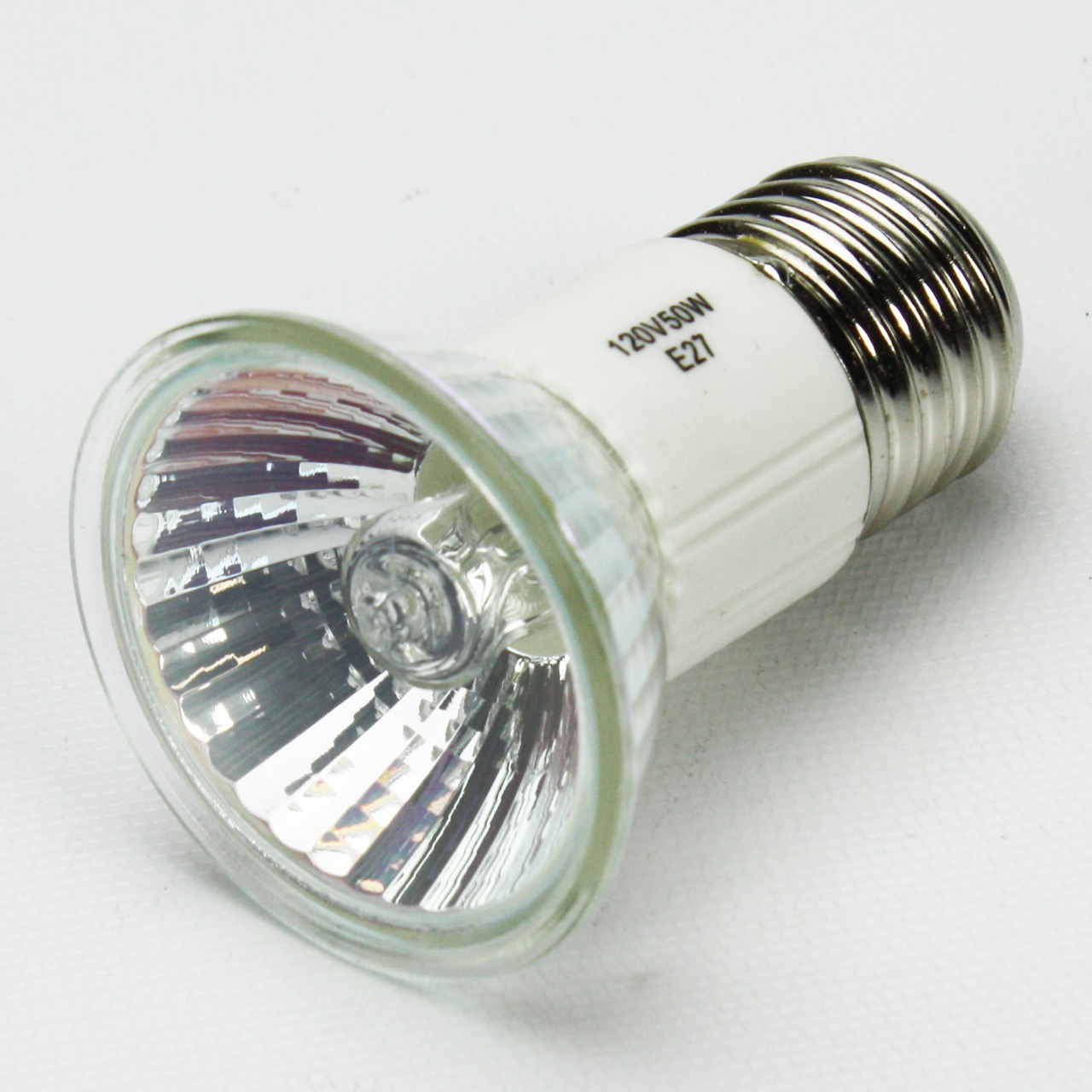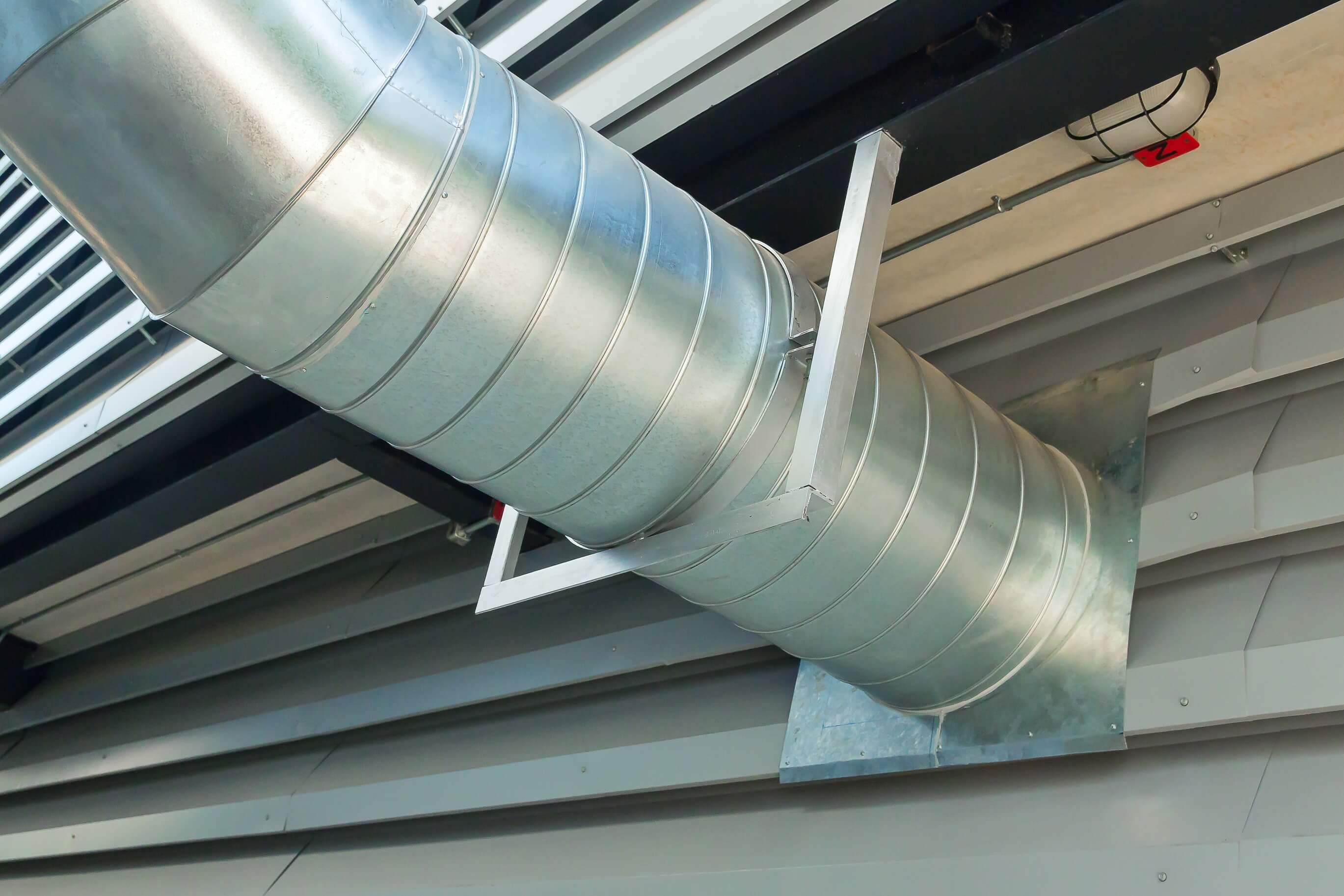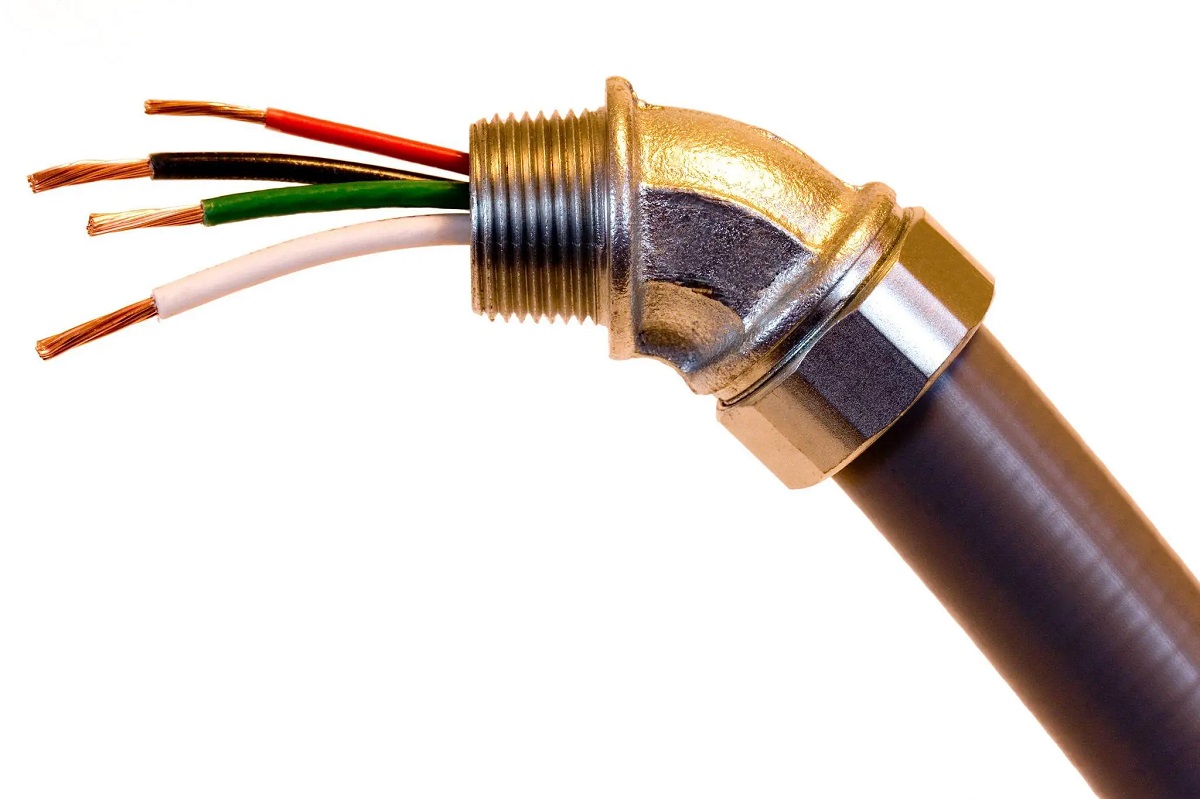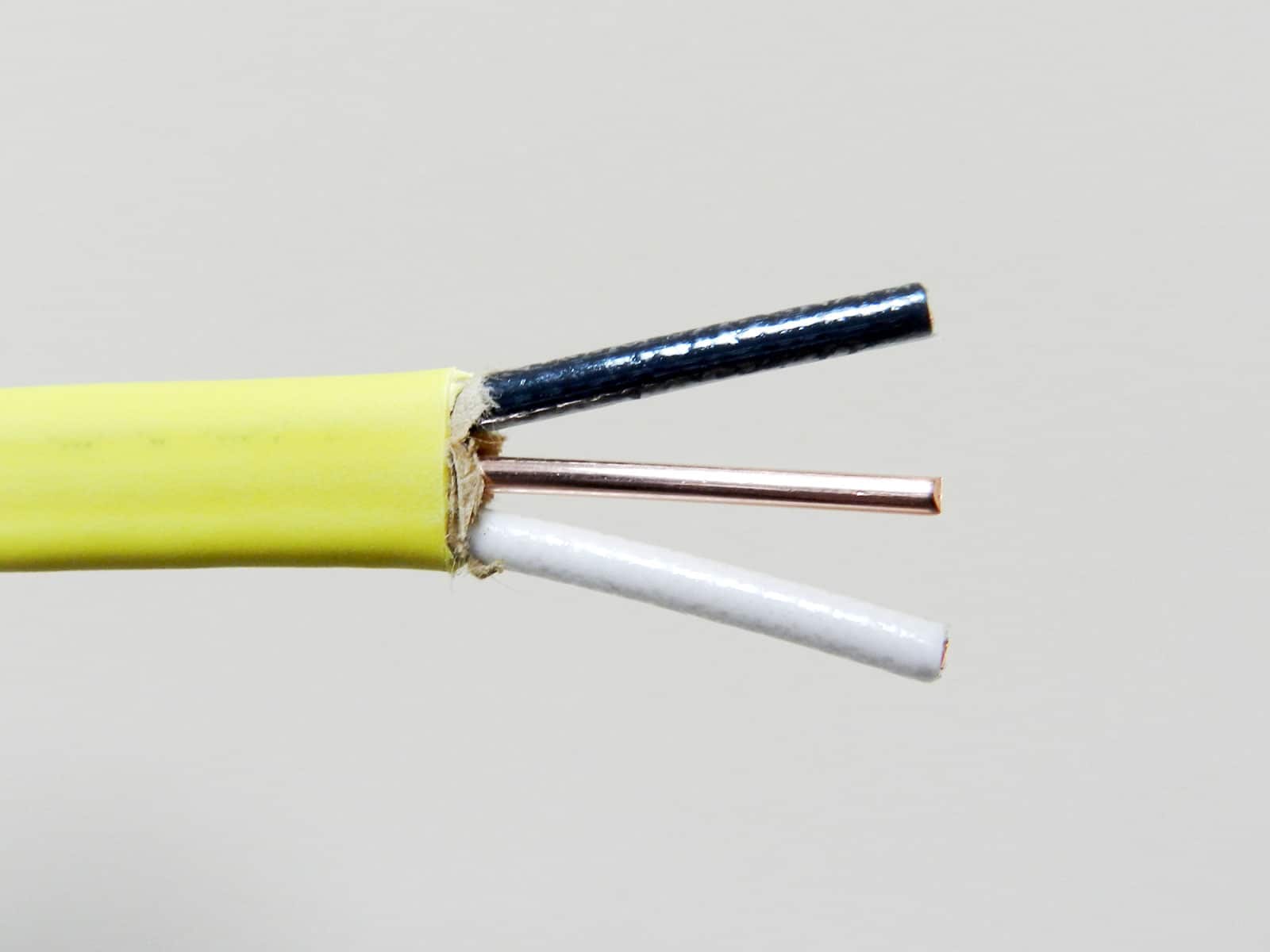Home>Home Maintenance>What Duct Size Best Suits A 400 CFM Ventilation System


Home Maintenance
What Duct Size Best Suits A 400 CFM Ventilation System
Modified: March 6, 2024
Find out the right size duct for your home maintenance ventilation system. Expert tips and guidance for a 400 CFM ventilation system.
(Many of the links in this article redirect to a specific reviewed product. Your purchase of these products through affiliate links helps to generate commission for Storables.com, at no extra cost. Learn more)
Introduction
Welcome to our comprehensive guide on what size duct to use for a 400 CFM ventilation system! If you’re a homeowner or DIY enthusiast looking to improve indoor air quality and maintain a healthy home environment, understanding the importance of properly sized ductwork is essential. A well-designed ventilation system plays a crucial role in efficiently moving air throughout your home, ensuring adequate airflow and preventing issues such as mold growth, excessive humidity, and poor air circulation.
In this guide, we’ll delve into the key factors to consider when sizing ducts for a 400 CFM ventilation system. We’ll explore the concept of CFM (Cubic Feet per Minute) and its significance in determining the appropriate duct size. Additionally, we’ll discuss the different types of duct materials and provide useful tips for installation and maintenance.
Whether you’re planning to install a new ventilation system or assessing the efficiency of an existing one, this article will provide you with the knowledge and insights you need to make informed decisions and ensure optimal performance.
So, let’s get started and learn how to select the right duct size for your 400 CFM ventilation system!
Key Takeaways:
- Properly sizing ducts for a 400 CFM ventilation system ensures efficient airflow, preventing issues like mold and poor air circulation. Consider factors like duct length, diameter, and insulation for optimal performance.
- Choosing the right duct material, such as sheet metal or flexible ducts, impacts air quality and energy efficiency in a 400 CFM ventilation system. Professional installation, regular cleaning, and monitoring airflow are essential for effective operation.
Read more: How To Calculate Duct Size For HVAC
Understanding CFM and Ventilation Systems
Before diving into the specifics of duct sizing, it’s important to grasp the concept of CFM and its relevance to ventilation systems. CFM, or Cubic Feet per Minute, refers to the volume of air that a fan or blower can move in one minute. It is a crucial measurement used to determine the airflow requirements for a space.
In the context of ventilation systems, CFM is used to assess the amount of fresh air needed to dilute indoor pollutants, control humidity levels, and maintain comfortable indoor temperatures. A properly designed ventilation system ensures that stale air is removed and replaced with fresh outdoor air, creating a healthier and more comfortable living environment.
When it comes to selecting the right duct size for a 400 CFM ventilation system, it’s essential to consider the air resistance or pressure drop that occurs as the air moves through the system. Air resistance is influenced by factors such as duct length, diameter, and the number of bends or elbows.
By understanding CFM and the factors that affect air resistance, you can ensure that your ventilation system functions optimally, delivering a consistent and efficient airflow to every room in your home.
Factors to Consider When Sizing Ducts for a 400 CFM Ventilation System
When determining the appropriate duct size for a 400 CFM ventilation system, there are several important factors to consider. These factors will help ensure that the air moves efficiently and effectively through the ductwork, delivering the desired airflow to each room in your home. Let’s explore these factors in more detail:
- Duct Length: The length of the ductwork plays a significant role in determining the size of the ducts. Longer duct runs will require larger duct sizes to compensate for the increased air resistance. It’s important to minimize the length of duct runs whenever possible to maintain optimal airflow.
- Duct Diameter: The diameter of the ducts directly affects the airflow capacity. Smaller diameter ducts result in increased air resistance, requiring the fan to work harder to push the air through. Consider using larger diameter ducts for a 400 CFM ventilation system to minimize air resistance and maintain proper airflow.
- Number of Bends and Elbows: Every bend or elbow in the ductwork creates additional air resistance. It’s crucial to minimize the number of bends and use smooth, gradual turns instead of sharp angles. By reducing the number of bends and utilizing smooth transitions, you can improve airflow efficiency.
- Insulation: Proper insulation is essential for preventing heat gain or loss in the ductwork. Insulating the ducts helps to maintain the desired temperature of the air as it moves through the system, reducing energy waste and improving overall system efficiency.
- Air Velocity: The velocity of the air moving through the ducts affects the amount of air that can be delivered to each room. It’s important to ensure that the air velocity falls within the recommended range for optimal performance. Higher air velocities can lead to increased noise levels and decreased energy efficiency, while lower velocities may result in insufficient airflow.
By considering these factors and their impact on airflow, you can accurately size the ductwork for your 400 CFM ventilation system. Keep in mind that it’s always a good idea to consult with a professional HVAC technician or engineer to ensure proper duct sizing based on your specific requirements and home layout.
Calculating Duct Size Based on CFM Requirements
When sizing ducts for a 400 CFM ventilation system, it’s crucial to accurately calculate the required duct size to ensure optimal airflow. Here are the steps to determine the appropriate duct diameter:
- Determine the Equivalent Duct Length: The equivalent duct length takes into account the combined effects of duct length, fittings, and transitions on air resistance. To calculate the equivalent length, add the actual duct length to the equivalent lengths of any fittings or transitions.
- Calculate the Friction Loss: Friction loss refers to the pressure drop that occurs as air moves through the ductwork. It is influenced by the duct length, diameter, and the volume of air being moved. By using an HVAC duct calculator or consulting industry guidelines, you can determine the friction loss for a given duct size and airflow.
- Choose the Duct Diameter: With the friction loss information, you can select the appropriate duct diameter. The goal is to choose a diameter that will provide sufficient airflow while keeping the air velocity within the recommended range. Higher velocities can lead to increased noise and energy consumption, while lower velocities may result in inadequate airflow.
- Consider Duct Material: The material of the ducts can also impact airflow and pressure drop. Different duct materials have varying smoothness and insulation properties. Flexible ducts, for example, may cause greater air resistance compared to smooth metal ducts. Consider the specific characteristics of the available duct materials when making your choice.
Keep in mind that the above steps provide a general guideline for duct sizing based on CFM requirements. It’s always recommended to consult with an HVAC professional to ensure accurate calculations and proper duct sizing for your specific application.
By following these steps, you can determine the appropriate duct size for your 400 CFM ventilation system, ensuring optimal airflow and efficient operation.
When selecting duct size for a 400 CFM ventilation system, it’s important to choose a duct with a diameter of at least 6 inches to ensure proper airflow and minimize resistance.
Common Duct Sizes for a 400 CFM Ventilation System
Choosing the correct duct size is crucial for a 400 CFM ventilation system to effectively distribute air throughout your home. While the specific duct size will depend on factors such as duct length, number of bends, and the type of material used, there are some commonly used duct sizes for a 400 CFM system.
Here are a few common duct sizes that are often suitable for a 400 CFM ventilation system:
- 6-Inch Duct: A 6-inch diameter duct is commonly used for residential ventilation systems with an airflow capacity of around 400 CFM. This size offers a good balance between airflow capacity and ease of installation.
- 7-Inch Duct: A 7-inch diameter duct can also be a suitable choice for a 400 CFM system, especially if there are longer duct runs or a higher number of bends. The slightly larger size helps to minimize air resistance and maintain optimal airflow.
- Rectangular Duct: In some cases, rectangular ducts may be used instead of round ducts, depending on space constraints or specific design requirements. The equivalent cross-sectional area of rectangular ducts should be determined to ensure sufficient airflow capacity.
It’s important to note that these duct sizes are general recommendations and may vary based on the specific characteristics and layout of your ventilation system. The duct sizes mentioned above can provide a starting point, but it’s always advisable to consult with an HVAC professional who can accurately assess your system and recommend the most appropriate duct size.
Proper duct sizing is essential to maintain optimal airflow, prevent air resistance, and ensure efficient functioning of your 400 CFM ventilation system. By selecting the right duct size, you can create a comfortable and well-ventilated living environment in your home.
Read more: What Is Good CFM For Range Hood
Choosing the Right Duct Material for a 400 CFM Ventilation System
When selecting duct material for a 400 CFM ventilation system, it’s important to consider factors such as air quality, noise level, energy efficiency, and cost. Different duct materials offer unique characteristics that can impact the overall performance of the system. Let’s explore some common duct materials and their considerations:
- Sheet Metal: Sheet metal ducts, typically made of galvanized steel or aluminum, are widely used in residential and commercial applications. They are durable, fire-resistant, and provide smooth airflow. Sheet metal ducts are ideal for larger systems and can handle higher static pressures. However, they require professional installation and may be more expensive compared to other materials.
- Flexible Ducts: Flexible ducts are made of a wire coil covered with a flexible plastic or aluminum material. They are relatively easy to install, flexible, and can easily navigate around corners. Flexible ducts are less expensive compared to sheet metal ducts but may have higher air resistance due to their ribbed or corrugated inner surface.
- Fiberglass Duct board: Fiberglass duct board consists of insulation material faced with a protective layer. It provides excellent thermal and acoustic insulation properties and is often used for reducing energy loss and noise transmission. Fiberglass duct boards are lightweight and easy to handle but require careful installation to avoid air leaks.
- PVC Ducts: PVC (polyvinyl chloride) ducts are commonly used in commercial and industrial settings for corrosive fume exhaust or specific applications. PVC ducts are resistant to chemicals and offer a smooth interior surface for maximum airflow. However, they are less commonly used in residential ventilation systems due to their higher cost and specific installation requirements.
- Composite Ducts: Composite ducts combine the advantages of different materials, such as a lightweight inner core wrapped with insulation and an outer protective layer. They provide excellent insulation, low air leakage, and reduced noise transmission. Composite ducts are a relatively newer option and may be more expensive than traditional materials.
When choosing the right duct material, consider factors such as duct size and layout, budget, durability, air quality requirements, and installation feasibility. Consulting with an HVAC professional can help you make an informed decision based on your specific needs and priorities.
Remember, selecting the appropriate duct material is crucial for efficient airflow, noise reduction, and maintaining good indoor air quality in your 400 CFM ventilation system.
Tips for Proper Duct Installation and Maintenance
Proper duct installation and maintenance are essential for the efficient and effective operation of your 400 CFM ventilation system. Here are some tips to ensure optimal performance and longevity:
- Professional Installation: Hiring a professional HVAC technician for duct installation is highly recommended. They have the expertise and specialized tools to ensure accurate sizing, secure connections, and proper sealing to prevent air leaks. Professional installation minimizes the risk of costly mistakes and ensures optimal airflow throughout your home.
- Sealing: Properly sealing all duct connections and joints is crucial to prevent air leakage. Use an appropriate sealant, such as mastic or foil tape, to secure connections tightly. Avoid using duct tape, as it tends to deteriorate over time and allows air leaks.
- Insulation: Insulating ductwork located in unconditioned spaces, such as attics or crawl spaces, helps prevent energy loss and maintain the desired temperature of the air. Choose insulation with an appropriate R-value for your region to minimize heat gain or loss.
- Regular Cleaning: Regularly clean your ducts to remove dust, debris, and allergens that can accumulate over time. Use a vacuum cleaner with a brush attachment or consider professional duct cleaning services for a more thorough cleaning.
- Inspecting and Repairing Damages: Periodically inspect your ductwork for any damages, such as holes, loose connections, or collapsed sections. Repair or replace damaged ducts promptly to prevent air leaks and ensure proper airflow.
- Avoiding Blockages: Avoid blocking vents or registers with furniture, rugs, or other obstructions. Blocked vents can restrict airflow, reduce system efficiency, and unevenly distribute air throughout your home.
- Regular Maintenance: Schedule regular maintenance for your ventilation system. A professional HVAC technician can inspect the ductwork, clean the system thoroughly, and ensure all components are in good working condition.
- Monitoring Airflow: Periodically check the airflow from vents in different rooms to ensure consistent airflow. If you notice a significant reduction in airflow or hot/cold spots, it may indicate a problem with your ductwork that requires attention.
- Test for Air Leaks: Perform a duct leakage test to identify any significant air leaks in your ductwork. Fixing these leaks can improve energy efficiency and the overall effectiveness of your ventilation system.
By following these tips for proper duct installation and maintenance, you can ensure that your 400 CFM ventilation system operates optimally, providing clean and comfortable air throughout your home.
Conclusion
Properly sizing and maintaining the ducts for your 400 CFM ventilation system is crucial for ensuring optimal airflow and efficient operation. By understanding the concept of CFM, considering various factors such as duct length, diameter, and the number of bends, and choosing the right duct material, you can create a well-ventilated and comfortable environment in your home.
Remember to calculate the necessary duct size based on CFM requirements, taking into account the equivalent duct length and friction loss. Commonly used duct sizes for a 400 CFM system include 6-inch and 7-inch diameter ducts. However, it’s always best to consult with a professional HVAC technician to determine the most appropriate size for your specific system.
Choosing the right duct material is also crucial. Consider factors such as air quality, noise level, energy efficiency, and cost when deciding between options such as sheet metal, flexible ducts, fiberglass duct board, PVC ducts, and composite ducts. Each material has its advantages and considerations that can impact the overall performance of your ventilation system.
To ensure optimal performance and longevity, proper duct installation, sealing, insulation, and regular maintenance are essential. Hiring a professional HVAC technician for installation, regularly cleaning the ducts, inspecting for damages, and monitoring airflow are crucial steps towards maintaining efficient and effective ventilation throughout your home.
In conclusion, taking the time to properly size, install, and maintain your ductwork for a 400 CFM ventilation system will contribute to a healthier and more comfortable indoor living environment. By implementing these tips and considerations, you can ensure that your ventilation system operates at its best, providing you with fresh and clean air for years to come.
Frequently Asked Questions about What Duct Size Best Suits A 400 CFM Ventilation System
Was this page helpful?
At Storables.com, we guarantee accurate and reliable information. Our content, validated by Expert Board Contributors, is crafted following stringent Editorial Policies. We're committed to providing you with well-researched, expert-backed insights for all your informational needs.

